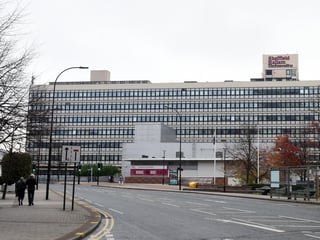Sheffield's Judson Chesterman: A pioneering heart surgeon who developed the first cardiac mitral valve replacement
and live on Freeview channel 276
Whilst working at the City General Hospital - now the Northern General Hospital, run by the Sheffield Teaching Hospitals NHS Trust - between the 1930s and 1960s, Mr Chesterman developed the first cardiac mitral valve replacement, a device used to replace diseased heart valves.
Although his name is not familiar to many today, this procedure managed to save the lives of many rheumatic fever victims at the time and today this day is still commonplace in practice all over the world – but little is known about the pioneering surgeon behind the early developments as much of his work was never published.
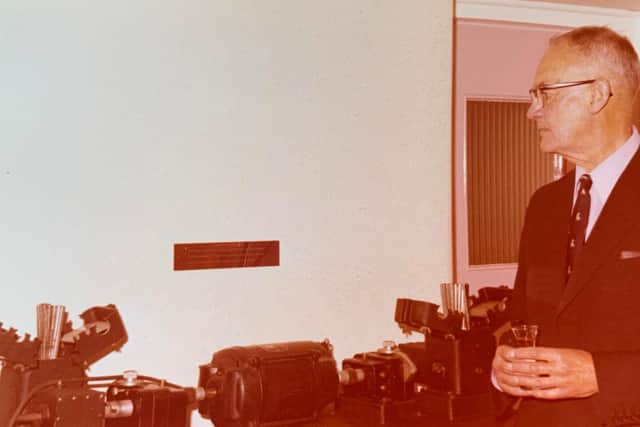

Advertisement
Hide AdAdvertisement
Hide AdCardiologist Dr Will Parker, from the University of Sheffield’s Department of Infection, Immunity and Cardiovascular Disease, recently delved into how Mr Chesterman helped lead clinical innovation in Sheffield while studying for his Diploma in the History of Medicine with the Society of Apothecaries.
He said: “I do cardiology in Sheffield which is a speciality based at The Chesterman Wing at The Northern General and I went to the Royal College of Surgeons in London and in their museum, they’ve got Mr Chesterman’s original Heart Lung machine and subsequently I just wanted to learn more.
“With the help of the hospital history group I was able to gain lots of information and look into Mr Chesterman’s story in more detail.”
Born on February 16, 1903, in Bath, Mr Chesterman worked as a medical auxiliary during World War One at the Bath War Hospital.
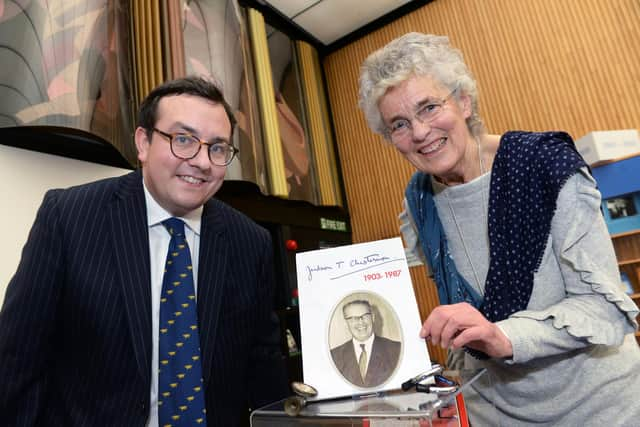

Advertisement
Hide AdAdvertisement
Hide AdHe later attended Bristol University Medical School in 1920, following in the footsteps of one of his older brothers Clement Chesterman, who also attended and went on to become a prominent physician and medical missionary who specialised in tropical disease.
It took seven years – two years longer than the standard five-year-course – for him to finish his studies which were ‘interrupted by an illness’ that fostered his continued interest in thoracic medicine, the study and treatment of diseases of the lungs and the surrounding organs in the chest.
The successful undergraduate won prizes in medicine, surgery, paediatrics and obstetrics and gynaecology during his studies and qualified as Licentiate of the Royal College of Physicians and Member of the Royal College of Surgeons.
After various roles in Bristol and London, he moved to Sheffield – a city where his great-grandfather had established a business and invented the steel tape measure – becoming a Resident Surgical Officer and eventually a Surgical Registrar, both at Sheffield Royal Hospital, where he stayed until 1936.
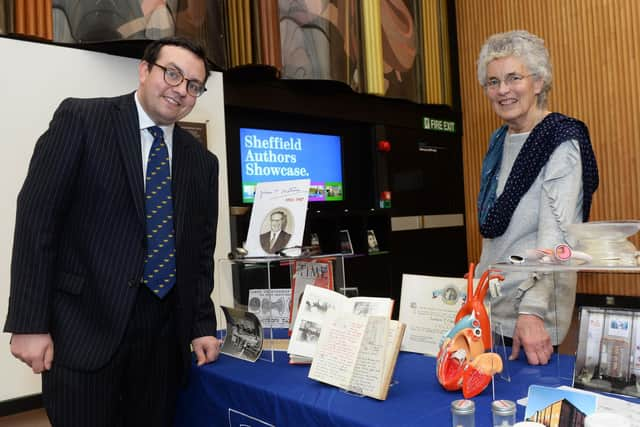

Advertisement
Hide AdAdvertisement
Hide AdFrom here he followed his interest for thoracic surgery all the way to America, securing a Medical Research Council American travelling fellowship to study this visiting places such as New York, Baltimore and Cincinnati before settling at Barnes Hospital in Missouri where he spent five months as a fellow to the influential surgeon Evarts Graham who performed the first pneumonectomy for lung cancer.
Upon his return to Sheffield, he was appointed as a general surgeon at the City General, a small hospital in the north-west of the city, as there was not enough work to justify specialising in thoracic surgery full-time.
Later in his surgical career, inspired by the work of surgeons Walton Lillehei and Richard De Wall, he went on to construct his own pump oxygenator, a machine that does the work both of the heart, by pumping blood, and the lungs, by oxygenating the blood, in open-heart surgery.
Mr Chesterman’s daughter Rosemary Stow, 78, recalled the time she helped her father set up the machine for its first use in February 1957.
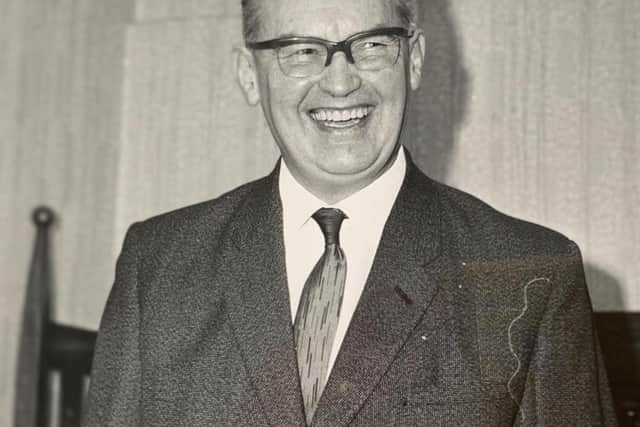

Advertisement
Hide AdAdvertisement
Hide AdShe said: “We knew that he was a heart surgeon and knew about the heart-lung machine because on the first patient he did it on, my brother and I helped to prepare it, it was all very exciting as a child. He was a very compassionate person so we realised how upset he was when the person didn’t actually live.
“The day before the operation we went in, my father was sorting out a lot and showing us. My brother did more actually as he would go in on Saturday mornings with him to work out how the blood was going to pass through the bypass and the amount of oxygen it needed to make sure that when it got back into the patient there weren’t any bubbles.”
However, what is credited as his most remarkable mechanical innovation is the mitral valve prosthesis which he began working on two years prior.
This was made of perspex and consisted of two button-like structures which were sewn on the outside of the heart around the valve ring to hold it in place.
Advertisement
Hide AdAdvertisement
Hide AdIt was first implanted in a 34-year-old male on July 27, 1955, and was seemingly the first mitral valve replacement in the world.
Unfortunately the patient later died after the valve dislodged and from what it is known Mr Chesterman did not conduct another surgery of this kind – with the first successful mitral valve replacement being credited to Nina Braunwald in 1959.
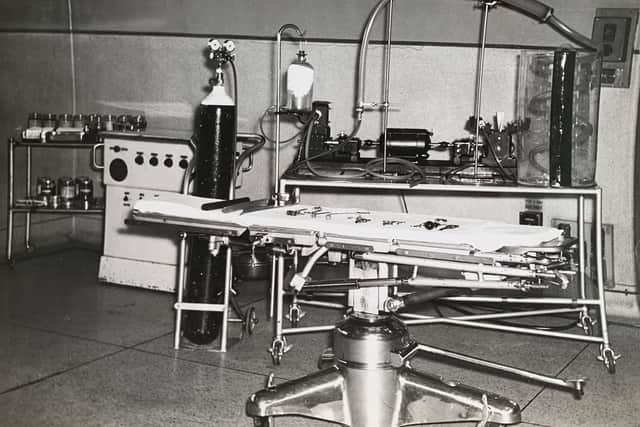

However, albeit not successful, Mr Chesterman can be seen as an early pioneer in some of the techniques that have come to dominate cardiac surgery today.
Speaking of Dr Parker’s research, Rosemary added: “Will has told me things that I didn’t even know, I didn’t realise he was the first person in the world to use the mitral valve. It is nice to have his work recognised because he didn’t actually seek recognition when he was doing it, he was a very determined man and just went for it.”
